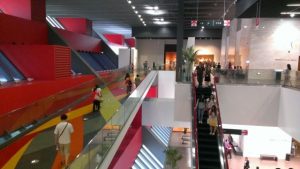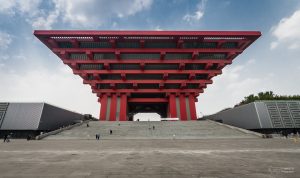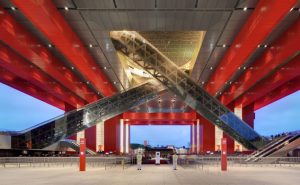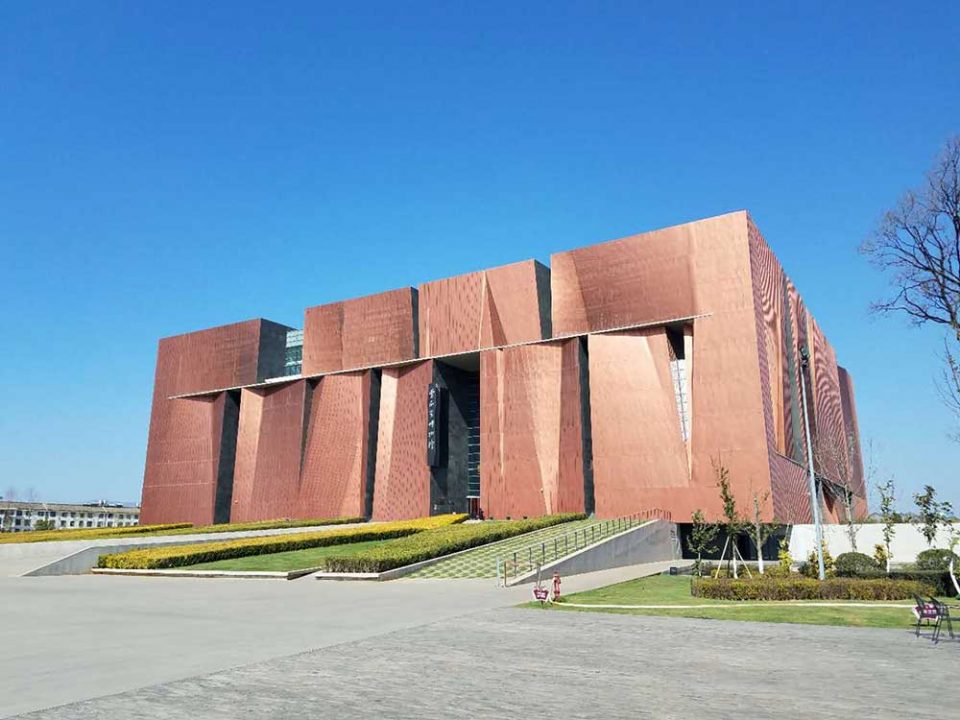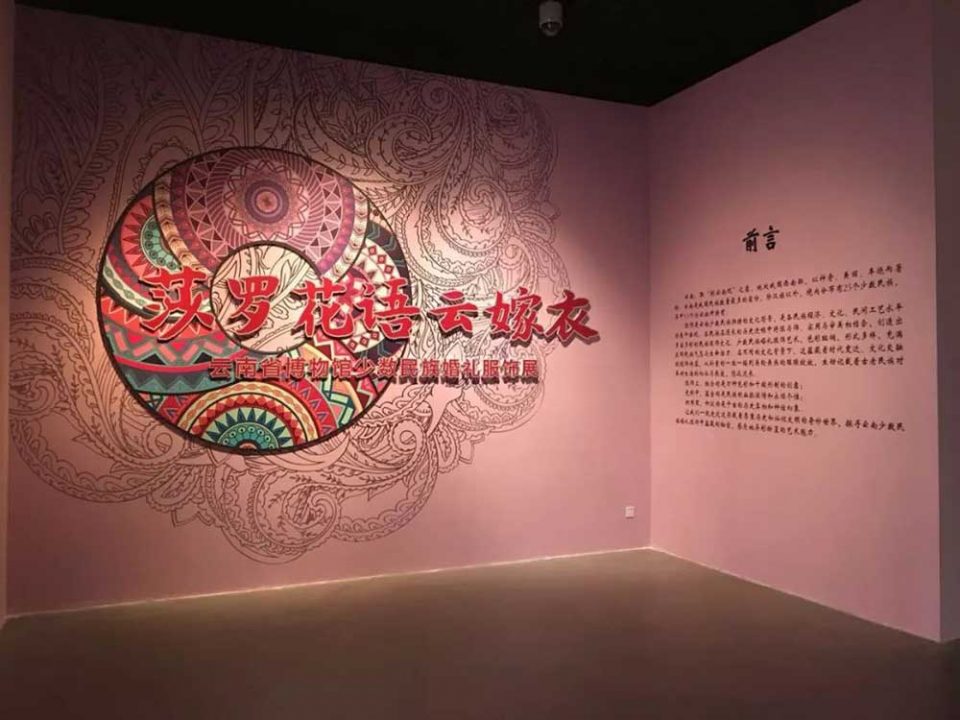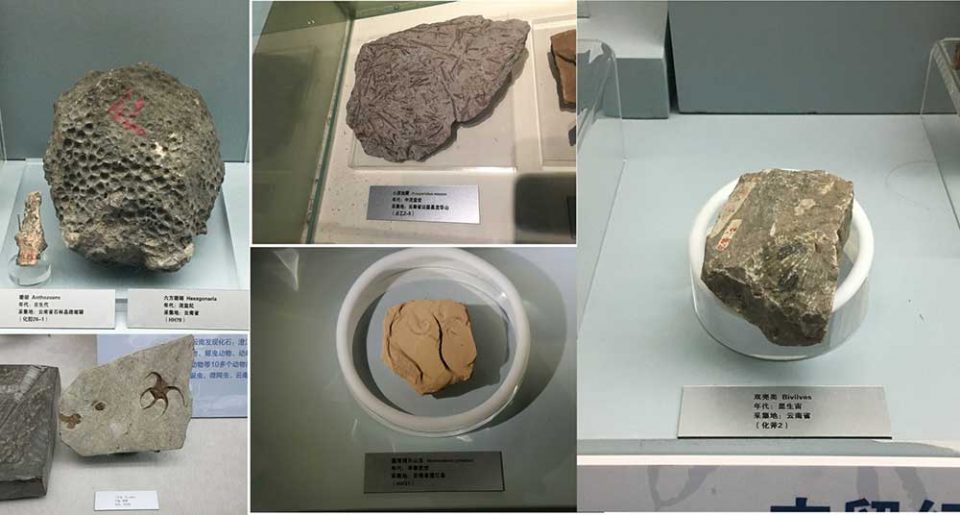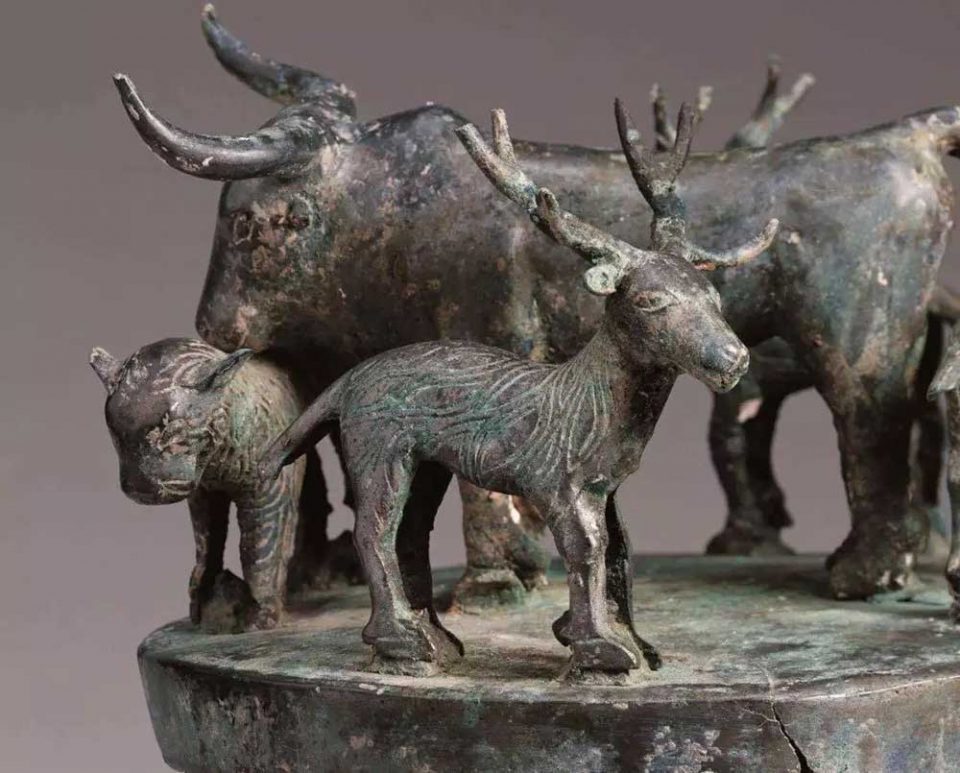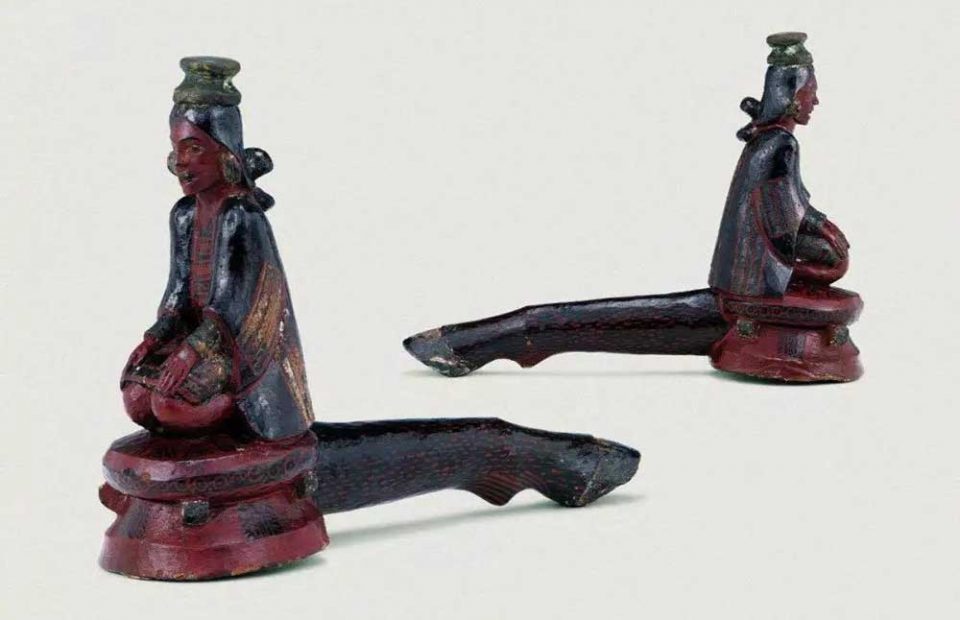Situated in the northeast of the state-protected Sanxingdui Site by the bank of the Yazi River in Guanghana, Sanxingdui Museum is a modern museum which is 40 kilometers to the north of Chengdu. Covering a total area of 530 yields, in which 11000 square meters serve as the main tableaus for the exhibits, Sanxingdui Museum had its foundation laid in August 1992, and opened to the public in October 1997. Integrating collection, preservation, academic research and social education all in one, the museum showcases kinds of precious cultural relics unearthed at Sanxingdui Site.

The Sanxingdui site is an ancient city, an ancient state and an ancient Shu culture site in southwest China, which is the largest in the area, the longest in time and the richest cultural connotation. The total area covers 12 square kilometers with a city of 4 square kilometers in the center. Dozens of cultural relics were found in the city, such as the city walls, two sacrificial tombs, foundations of buildings, jade pits and burial grounds, as well as several thousand artifacts. The Sanxingdui site was the capital of the state of Shu about 3,000 years ago. In January 1988, the Council of State designated the Sanxingdui site as one of the most important cultural heritage units under national protection.

The structure of the Sanxingdui museum consists of two galleries. Gallery one represents an arc-sloped ecological building, emphasizing the theme that human world and nature are in perfect harmony. Gallery two is spiral architecture, symbolizing both Three-star Mounds and the course of human history development. In gallery one comprehensively displays gold, bronze, jade and pottery artifacts and great achievement in every aspect. In gallery two, specialized bronze gallery, through successively combination of scenes introduce group of bronze images and mysterious sculptures.

 Sanxingdui Museum – Exhibition hall
Sanxingdui Museum – Exhibition hall


The first gallery is divided into six sections to show the precious items of gold, bronze, jade, stone, ceramics, ivory, shells, excavated from the Sanxingdui site to introduce remarkable success in each domain, the outline of the story and the vital state of ancient Shu. For example, you can admire the oldest golden rod in the world dating back to 4000 BC and the 396 cm tall bronze tree which is the largest bronze tree found so far in China. The second section, large collections of bronze objects are exhibited, such as bronze works in the shape of the sun, snakes, altars, a group of small figures who make sacrifices and some plausible figures such as the bronze figure with a human head wearing a mask. gold, one of the “not to be lost” relics.
VISIT
Address: Sanxingdui Historic Relics 618300,Guanghan Sichuan China
Opening Hours: 8:30 – 18:00 (Exhibition Hall I); 8:30 – 18:30 (Exhibition Hall II). Ticket time: 8:30 – 17:00
CONTACTS
Telephone: 0838-5500349
Website: http://sxd.cn/en/
Credits:
http://sxd.cn/en/
https://www.travelchinaguide.com/attraction/sichuan/chengdu/sanxingdui.htm
https://www.chinahighlights.com/chengdu/attraction/sanxingdui-museum-in-guanghan.htm
Photo credits:
http://www.waclighting.com/project/sanxingdui-museum
https://www.chinadiscovery.com/chengdu-tours/sanxingdui.html
https://windhorsetour.com/blog/sanxingdui-museum-true-archaeological-wonder








